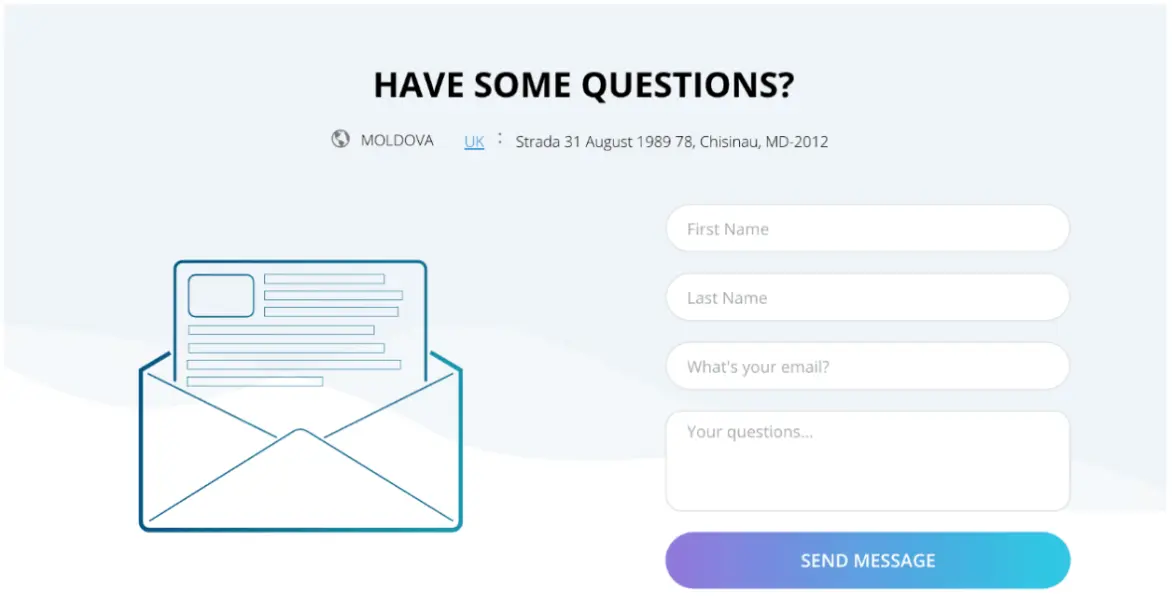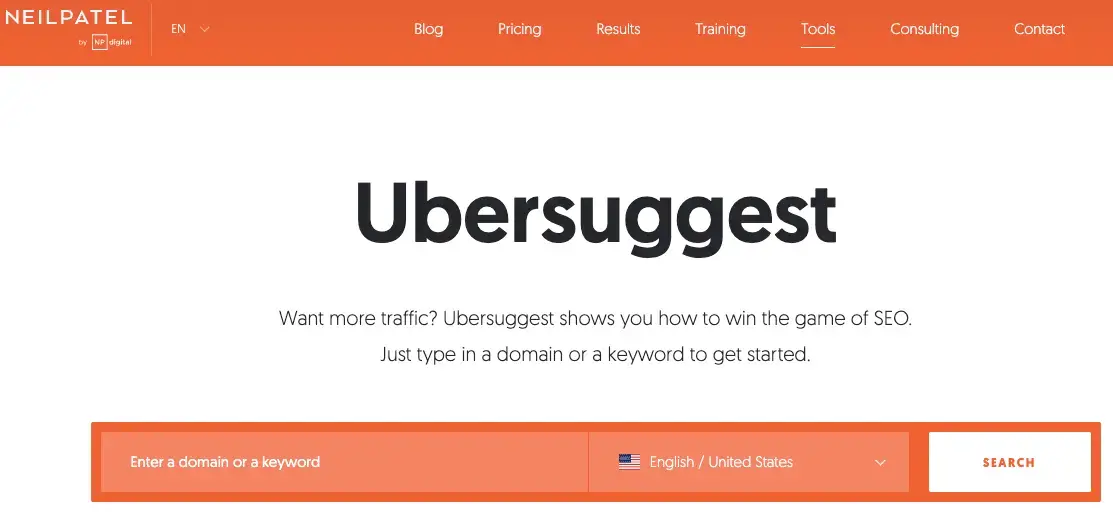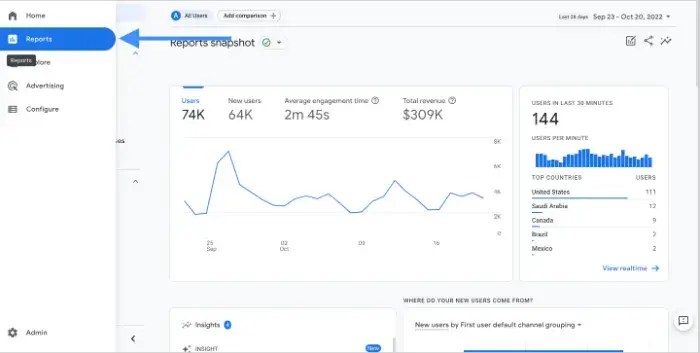In 2021, almost 97.9% of Meta’s (formerly Facebook Inc.) global revenue was generated through advertisement, equal to 114.93 billion U.S. dollars. There are more than 3.6 billion social media users in the world. Also, according to an estimation, there are 2 trillion global searches per year on Google.
We encounter many advertisements on Digital platforms, from small restaurants to global brands; everyone is running marketing campaigns on the internet.
The only thing that makes some brands stand out from others is “How effectively do those brands use data to build their digital marketing strategies?”
Why is Good Sata So Critical?
Good data helps digital marketers and analysts to familiarise themselves with potential customers.
Data helps make small decisions, like when social media posts should go live, to big decisions, like what channel has the best marketing conversion rate.
Suppose there is a renowned fast-food chain in India, and since India is full of diversity, the choices of food that people prefer vary from region to region.
In some Indian states, the population of vegetarian people is more than that of non-vegetarian people, so the marketing campaign will be focused more on vegetarian food in those areas.
According to a survey conducted by the Registrar General of India (RGI) in 2014, there are 74.9% of vegetarians in Rajasthan, which is a state in northern India, whereas Telangana, a southern Indian state, tops the list of non-vegetarian states with 98.7%.
Even during important festivals like Navratri, Ramadan, or specific days of the week, the demand for food is declining. So any campaign during such festivals won’t give the expected ROI.
There are multiple criteria that play an important role in curating marketing content and campaigns. These criteria include demographics, browsing patterns, social media activities, culture, GDP per capita, and even languages.
Favorite Digital Marketing Tools
Let's have a look at four of the most popular data-tracking tools loved by digital marketers and agencies around the globe.

HypeAuditor is an AI-powered tool that can assist marketers in influencer marketing campaigns. Initially, it was purpose-built to identify credible creators and influencers with a real audience.
Currently, HypeAuditor has a record of over 50 million influencers in their database, including audience demographics, fake detection, and brand affinity.
HypeAuditor uses the Machine Learning algorithm with 53+ patterns to detect accounts with bots and fake audiences. The number of followers is not a good criterion for choosing a creator.
A creator may have bots as an audience, or maybe due to inconsistency in the content, their engagement rate is low.
To identify the audience interest of an influencer, the HypeAuitor uses some algorithms, and with the audience reports, the brand can choose suitable creators to target the specific audience.
It can also manage and monitor Influencer marketing campaigns like any other HypeAuditor alternative.

Since childhood, everyone wondered how the toppers study to score high grades. This tool cleared all doubts. Ubersuggest offers insights into competitors' strategies so that brands can adopt the same strategies to get an edge.
It has a decent keyword database through which it generates new keyword ideas and makes keyword research an easy task.
Important data like monthly search volume, CPC, PPC Difficulty, and SEO Difficulty are shown along with keywords. All these data assist the SEO analysts in choosing the correct keywords for SEO and PPC campaigns.

Google Analytics 4 is undoubtedly the most preferred tool by digital marketers. It shows the source of the traffic, geographic locations of visitors, how the different campaigns are performing, the duration of sessions, and website bounce rates stats and helps us understand the user’s behavior.
It uses techniques such as funnel visualization to identify poor-performing pages. The latest version of Google Analytics, called GA4, offers an e-commerce report which allows the user to analyze sales activities.

It is a built-in feature in Instagram, but only if you are a Business Account or a Creator account user. It gives insights related to the posts and profiles.
It helps social media managers understand the Audience and create the content according to them. Instagram keeps changing its algorithm; this feature can help one understand the algorithm through A/B testing.
For example, through A/B testing, users can analyze the different posts, videos, and reels. They can get to know which hashtags are generating better reach and what types of content audiences preferred the most.
Conclusion
There is a very famous cliche in the field of data science “Data is the new Oil”. We can't use the crude oil directly in our vehicles, and just like that, we can’t use the raw data directly.
The tools mentioned above will help distill the data and make them useful in your digital marketing strategy. An immense amount of data is available to help digital marketers curate their campaigns.
The ROI of the campaign will depend on multiple factors. Analyzing the data of multiple criteria will result in a better ROI.
The growth won’t come in a single day or a week, but continuous efforts are required for better results.


